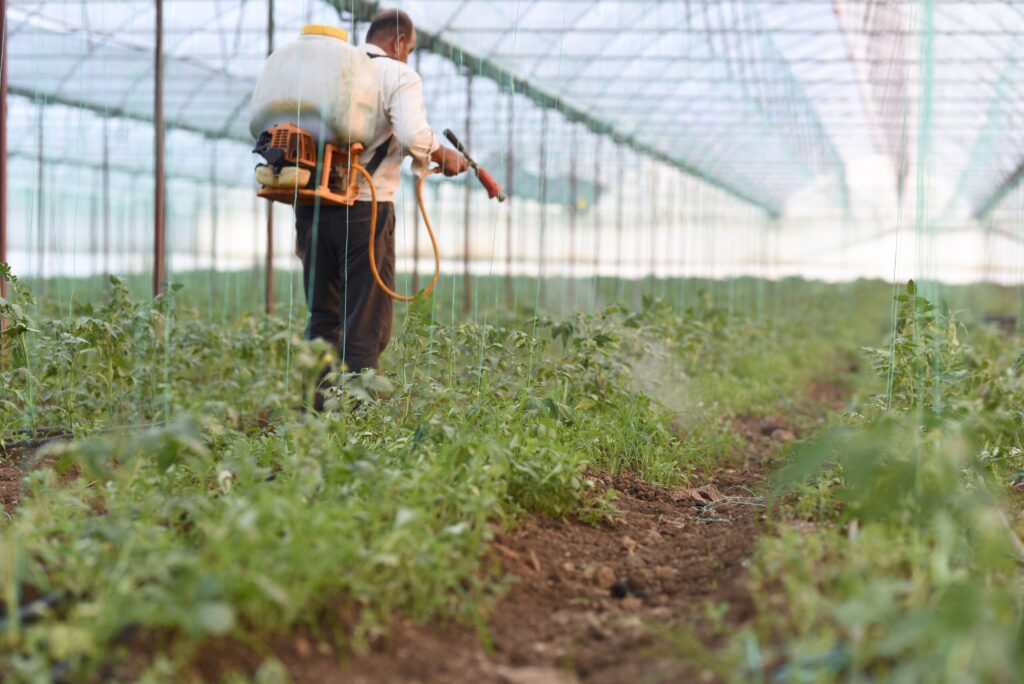New Micro Farm Crop Insurance Now Available
by MATT COBBLE
The dawn of 2022 is bringing new hope for farmers. As of January 31, farmers or ranchers with $100,000 or less in annual revenue may be eligible for the Risk Management Agency’s (RMA) new Micro Farm Crop Insurance.
The Micro Farm insurance plan gives farmers protection for all commodities on their farm, all covered with one insurance policy. This insurance plan is geared toward any farm with less than $100,000 in approved revenue, including farms with specialty or organic commodities (both crops and livestock), or those marketing to local, regional, farm-identity preserved, specialty, or direct markets.
According to RMA, eligibility for Micro Farm coverage requires that a grower or rancher:
- Be eligible to receive federal benefits;
- Be a U.S. citizen or resident;
- File either a Schedule F tax form or other farm tax form that can be converted to a Substitute Schedule F for 2019 through 2021;
- Have no more than $100,000 of approved revenue; and
- Have no more than 50 percent of total revenue from commodities purchased for resale.
Research conducted by RMA indicates that 85 percent of producers who sell their products locally have gross sales totaling $75,000 or less, making them eligible to take advantage of this new insurance product.
According to the University of Florida, Institute of Food & Agricultural Sciences (UF/IFAS) Small Farms and Alternative Enterprises, 90 percent of Florida’s farming operations are classified as small farms, estimated to be more than 40,000 farming operations. This was determined by the United States Department of Agriculture’s (USDA) qualification of a small farm as having less than $250,000 in total sales. With this in mind, while not every so-called small farm will qualify for the Micro Farm policies, the majority of Florida’s farming operations should meet the guidelines.
As with most crop insurance, Micro Farm coverage provides protection against the loss of insured revenue due to unavoidable natural causes that occur during the insurance period.
Micro Farm protects a farming operations against the loss of revenue earned, or expected to earn, from:
- All commodities on the farm (except for timber, forest, and forest products; and animals for sport, show, or pets).
- Commodities produced during the insurance period, whether or not those commodities are sold.
- Commodities bought for resale during the insurance period.
Micro Farm “insured revenue” is the total amount of insurance coverage provided by this policy. Your crop insurance agent and Approved Insurance Provider determine the farm’s “approved revenue” using the following information:
- Whole-Farm History Report;
- Farm Operation Report; and
- The coverage level you choose (50-85 percent) multiplied by the approved revenue is the insured revenue amount.
A major difference between most policies and the Micro Farm coverage is that the Micro Farm policies allow for market readiness and post-production operations, like canning, freezing, or other processing activities, to be included in the allowable revenue when calculating coverage. This was meant to simplify the paperwork needed for the smaller farming operations the policy was intended for. However, any revenues from other sources, such as souvenirs or bottled water, would need to be excluded from this calculation.
Other benefits available within the Micro Farm policies include:
- Coverage Levels: All coverage levels will be available to producers using Micro Farm. This will enable producers to purchase the 80% and 85% coverage levels without providing additional paperwork.
- Underwriting and Recordkeeping Requirements: Micro Farm minimizes underwriting and recordkeeping requirements, and producers will not have to report expenses and individual commodities.
- Prices and Yields: Commodities are not assigned individual prices under Micro Farm. Instead, one value for all commodities on your farm operation is established based on the average allowable revenue of the previous three years.
Micro Farm is available for the 2022 crop year. Sales closing dates are January 31, February 28, or March 15 depending on the producer’s county.

